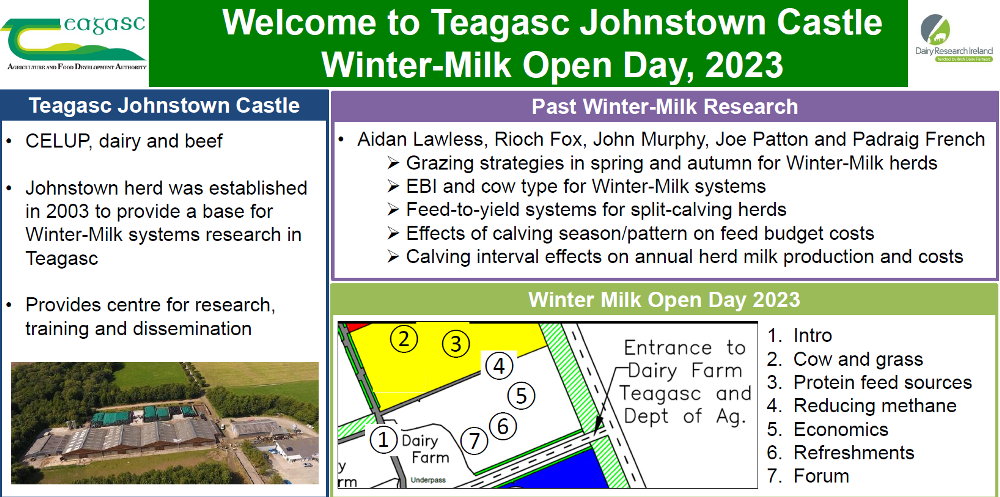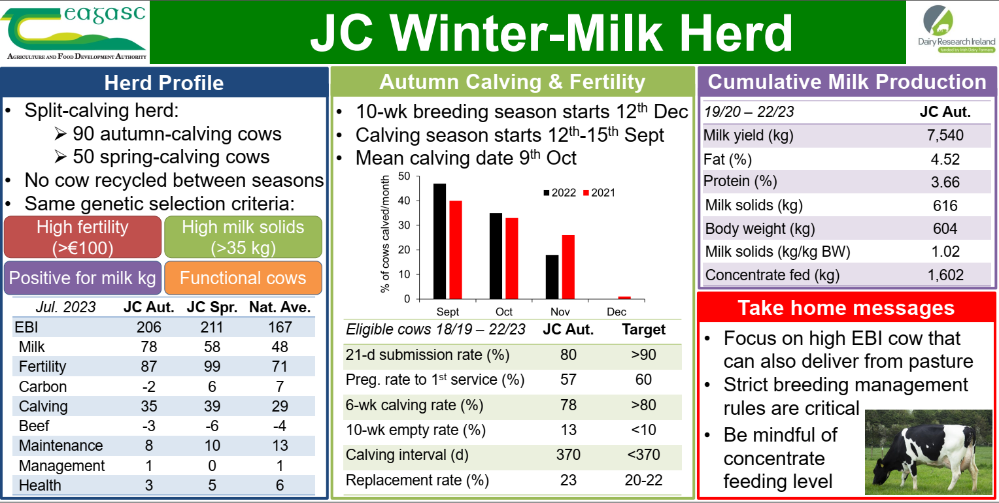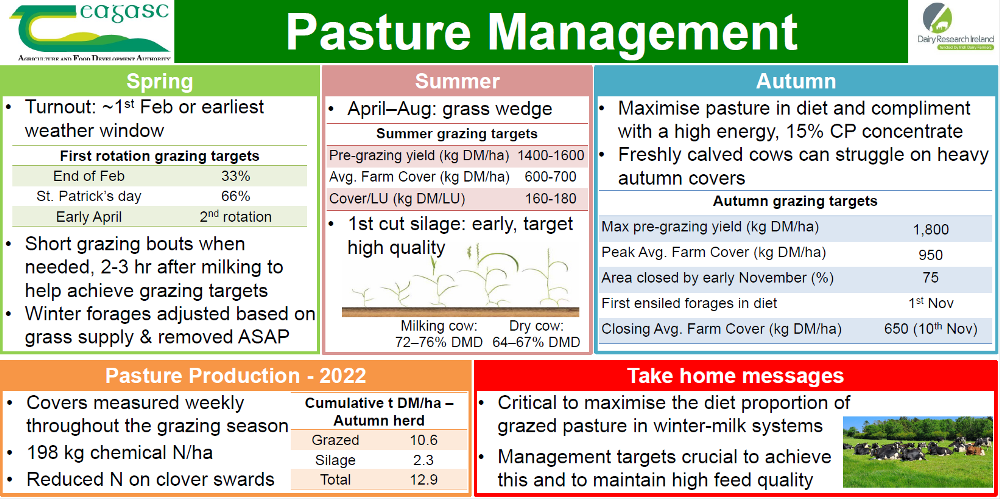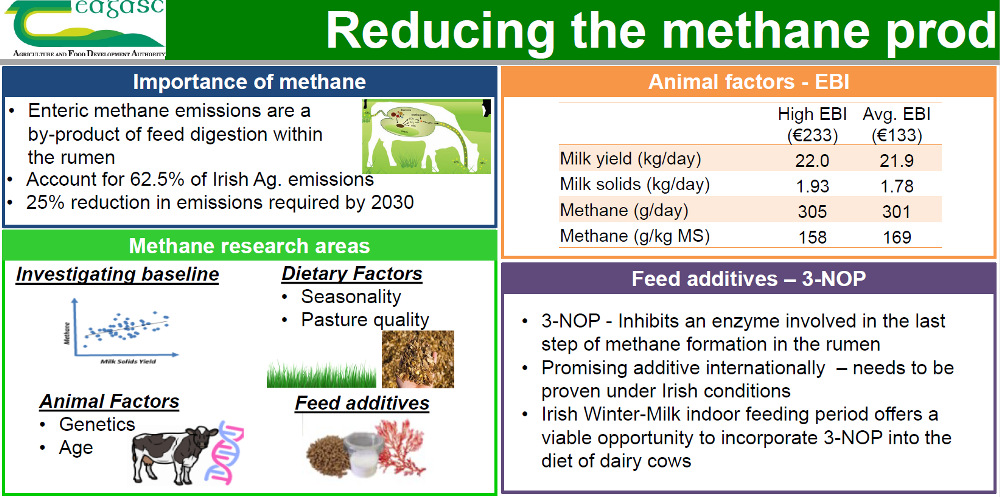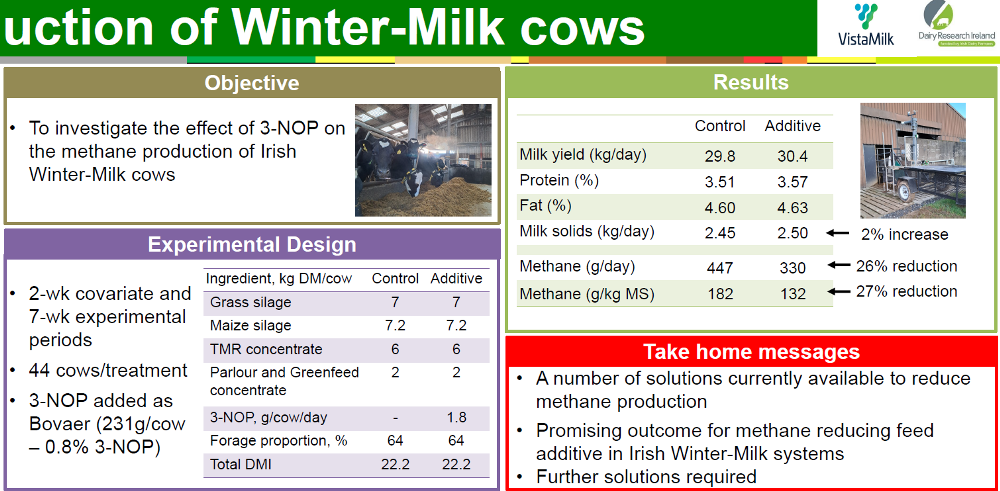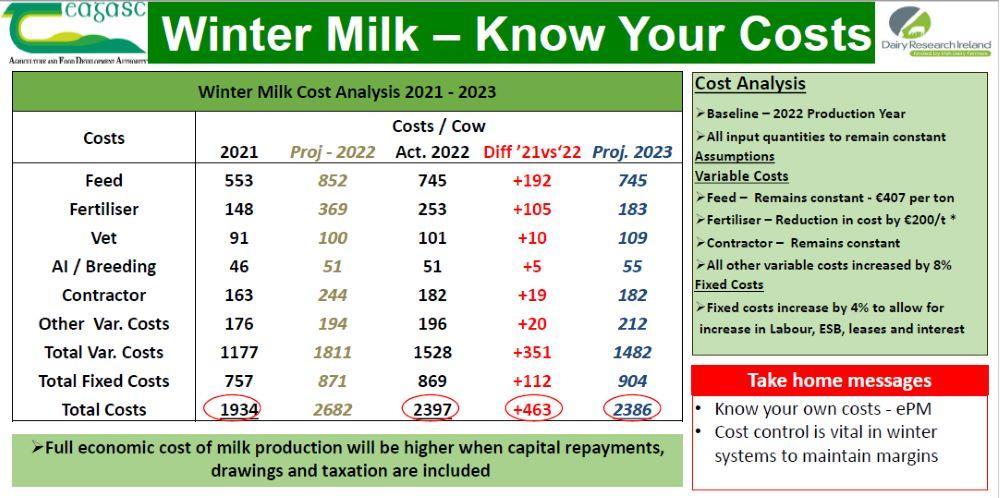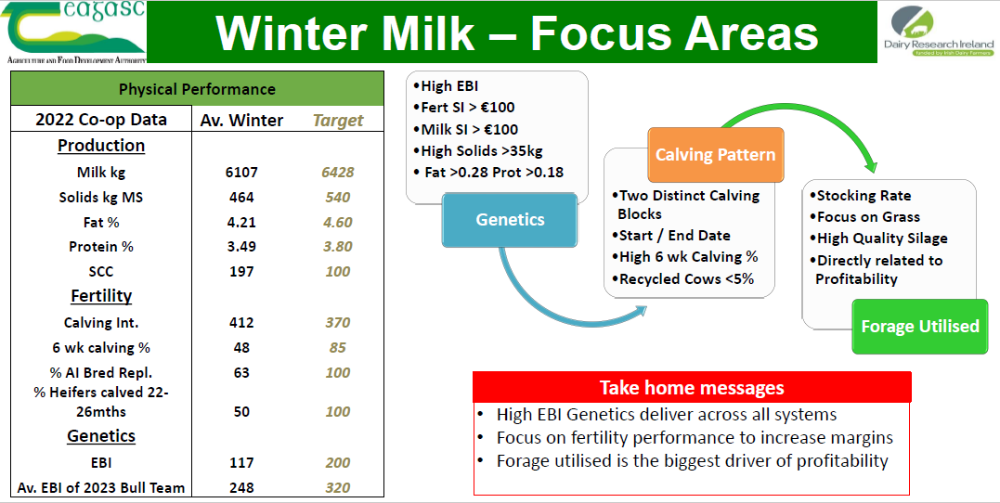Replacement of Imported Feed Ingredients


Context
National and European Union policy;
- Reduce emissions by 25% by 2030
- Increase tillage sector to 400,000 ha
- Produce more native grown legumes and grains
- Improve overall protein self-sufficiency
EU currently imports 71% of high-protein feed use ingredients
Concerns:
- Carbon footprint and deforestation
- Price volatility, food security and geopolitical disruptions
- Food product marketability
Full replacement of imported feeds (19-21)
A study conducted from 2019 to 2021 compared standard TMR to ‘home-grown’ ration. It was a 2 year whole lactation system study (n=86) Treatment was predominantly during winter feeding period
The homegrown diet reduced milk production performance. There was a number of potential causative factors including concentrate ingredientsand maize silage exclusion.
Home grown concentrates included field beans and native barley.
Imported hi-protein concentrates included soybean and maize.
Replacement of imported hi-protein ingredients (21/22)
A further study in 21/22 only replaced the hi-protein concentrate ingredients – some forages
There was an 8 week indoor feeding and 6 week carry-over periods (n=84)
The home-grown hi-protein ingredients reduced milk production. This is likely due to inadequate metabolisable protein/amino acid supply
Future research
Potential solutions to overcome inadequate metabolisable protein/amino acid supply
- Rumen protected amino acids
- Feed processing technologies
- Alternative hi-protein ingredients
- Alternative base forages
Take home messages
Home grown diest can:
- lower the carbon footprint of our milk
- raise EU protein self sufficiency
- support the tillage sector
However, reduced milk productionperformance was observed

